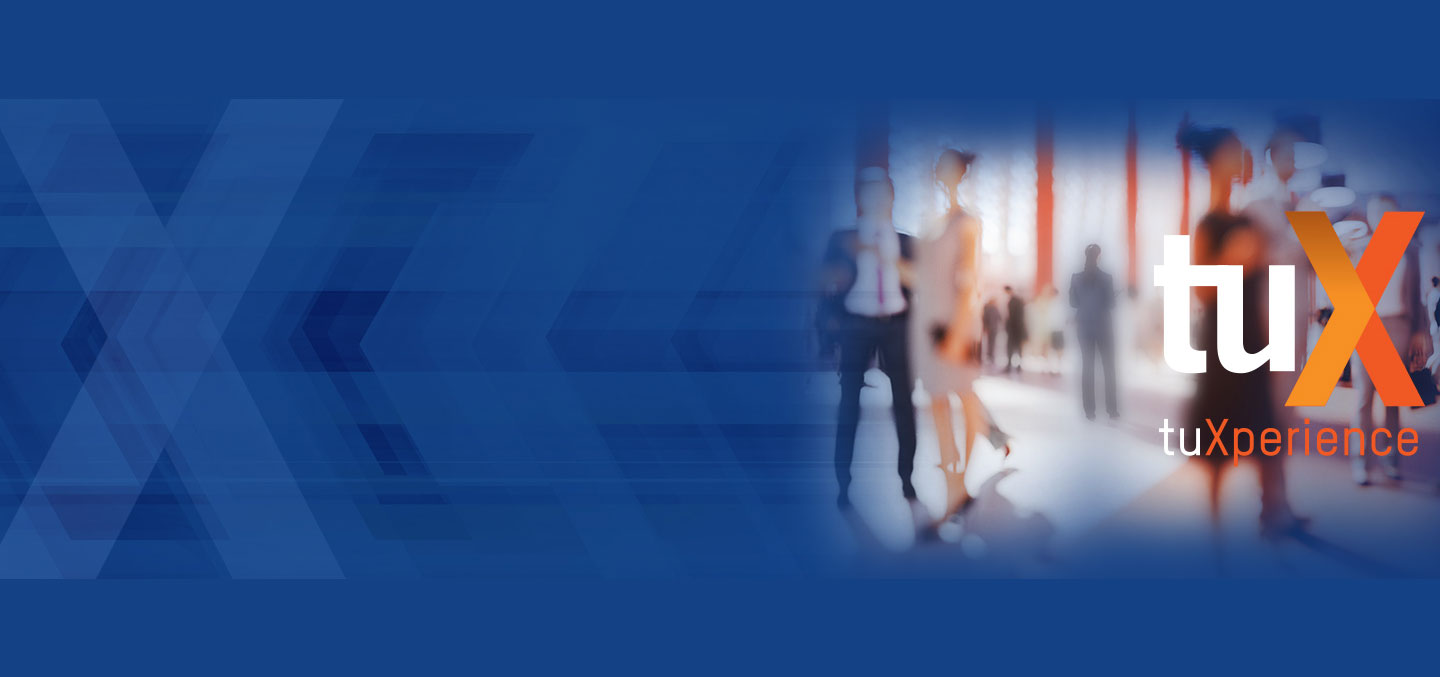Be a Blog Subscriber
Join thousands of manufacturing leaders and professionals who get the Accelerate blog delivered straight to their inbox


John Hindman, Director of Learning and Performance Improvement at Tooling U-SME, shared his expertise at the tuXperience Workforce Development conference recently, in developing impactful Learning and Development (L&D) programs. With 12 years of experience at SME, John leads the Learning Services team to create programs that enhance job performance, foster career growth, and cultivate robust learning cultures. His mission is to improve employee retention through strategic development initiatives with companies.
Employee turnover is a significant challenge for companies today. Since 2014, resignation rates have surged by 37%, with 35% of employees leaving within their first year—37% of these departures occur within the first 90 days. In 2023 alone, U.S. companies spent nearly $900 billion to replace employees who quit. The primary reason for leaving is a lack of career growth opportunities, overshadowing concerns about health, family, and work-life balance. Additionally, job stress, insufficient training, and a lack of empowerment are emerging as critical factors driving employees away.
The goal of a world-class L&D program is to transition from an ad hoc approach to a strategic, high-impact model. The High-Impact Learning Maturity Model consists of ten essential attributes:
Participants at tuX were asked to rate their organization’s maturity in each of the high-impact learning elements. This assessment provided a benchmark to compare the company’s practices against industry standards. Attendees engage in open discussions about the strengths, weaknesses, opportunities, and threats (SWOT) related to L&D programs. This collaborative approach helped in sharing the good, the bad, and the ugly of L&D experiences, fostering a culture of continuous improvement.
A world-class Learning & Development program is essential for enhancing employee retention, fostering career growth, and maintaining a competitive edge in the marketplace. By focusing on the ten attributes of high-impact learning, organizations can create robust, strategic L&D initiatives that support long-term success.
For more details on this topic check out the presentation recap from tuX 2024! Over 100 workforce development manufacturing professionals gathered at the tuXperience Workforce Development conference in Pittsburgh, PA. tuX promotes overall best practices in training and workforce development, encourages the adoption of advanced technologies, and furthers the success of the U.S. Manufacturing industry.
We are always available to talk with you about ways to develop your workforce that can accommodate resource challenges. Our Learning Services team can design a training program that delivers faster time to performance, improved quality and productivity, and increased employee satisfaction and retention. Contact Tooling U-SME at 866.706.8665 to learn more.
Join thousands of manufacturing leaders and professionals who get the Accelerate blog delivered straight to their inbox